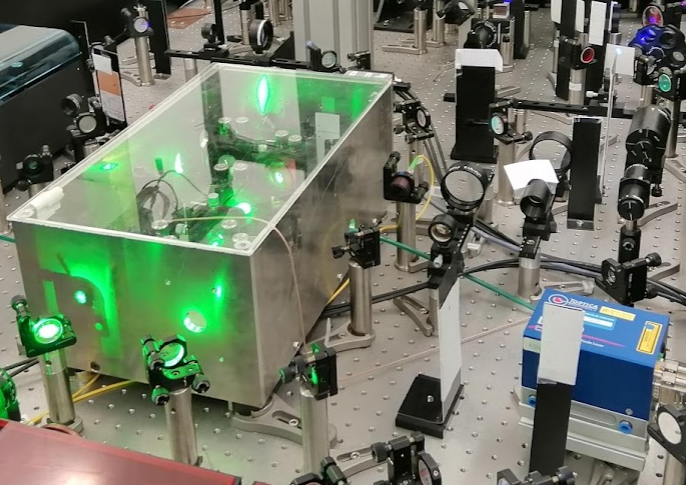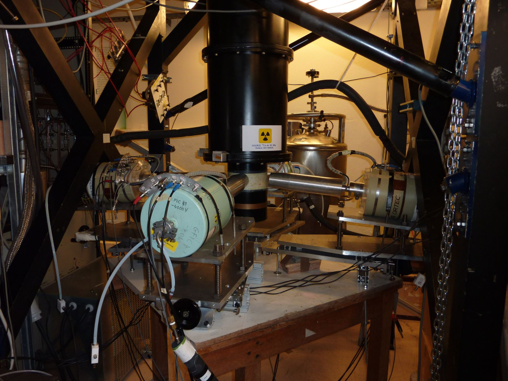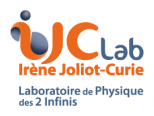Atomic physics techniques are essential in nuclear physics research. They intervene either in the process of producing and manipulating radioactive ion beams or in the determination of their nuclear properties (such as electromagnetic moments) via the hyperfine interaction.
The resonance ionization laser ion sources (RILIS) are an integral part of ISOL facilities worldwide, allowing to achieve element-selective ionization and to signficantly enhance the purity of low-energy radioactive beams, which is a crucial requirement for any type of experiment. At the ALTO facility in Orsay, the RIALTO setup is dedicated to performing resonant laser ionization of photofission products.
Laser spectroscopy is also a powerful tool for determining nuclear properties. A dedicated laser spectroscopy experiment is being set up at the final focal plane of the S3 spectrometer at the SPIRAL2 facility in GANIL. The so-called S3 Low Energy Branch will stop and neutralize the S3 fusion-evaporation residues in a gas cell and probe them by resonance-ionization laser spectroscopy in an emerging supersonic gas jet, which will provide adequate conditions for achieving the high spectral resolution required for measuring the hyperfine structure of rare isotopes.
Finally, the POLAREX setup at ALTO uses the hyperfine structure of radioactive atoms to orient their nuclear spins. The ions are implanted in a ferromagnetic host located at the center of a superconducting magnet, which creates a very large local magnetic field and determines a significant Zeeman splitting of the hyperfine levels. The host is located itself in a cryostat which cools the atoms sufficiently so that they can thermally populate only the lowest energy hyperfine state, thus becoming spin oriented. The spin orientation then enables measuring the angular correlation of the gamma emission following beta decay or performing nuclear magnetic resonance measurements, which give access to nuclear properties of the implanted species or properties of the implantation host.








